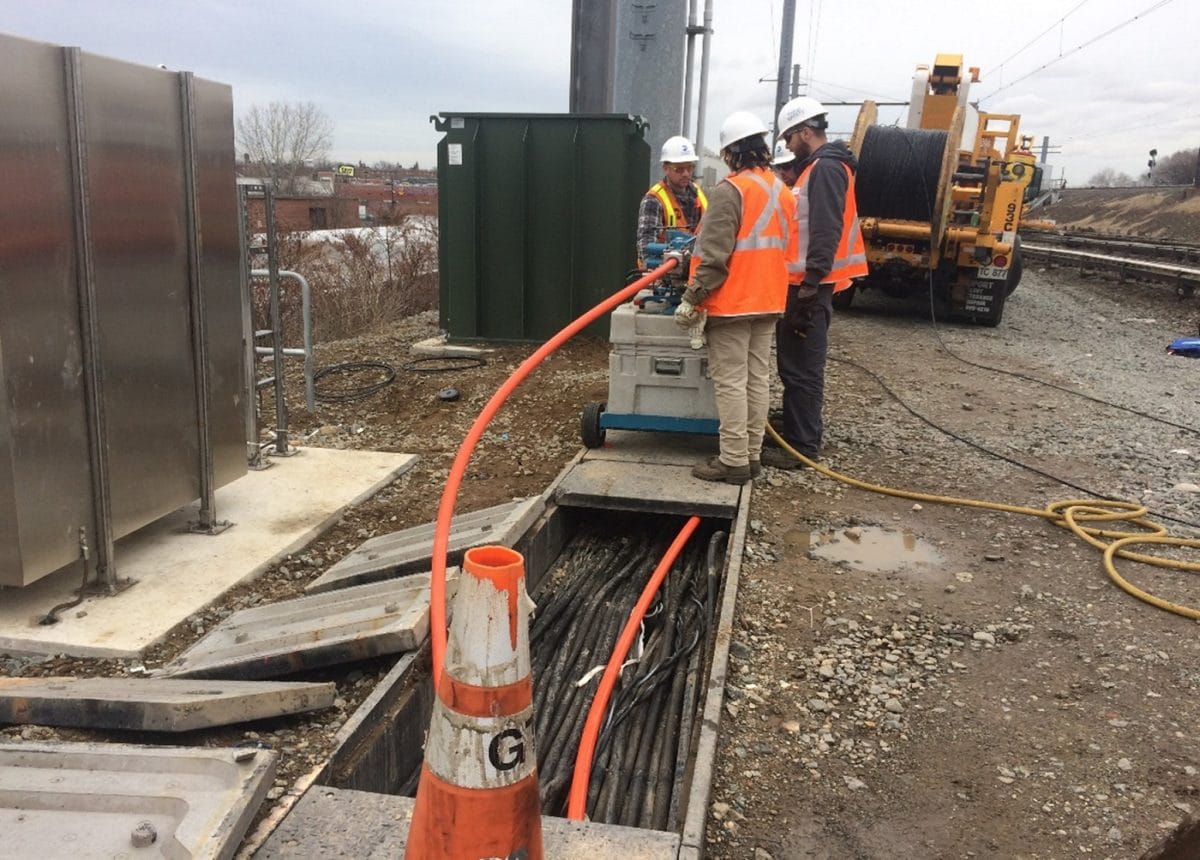Fiber Optics Generally a Better Option Than Wireless, Even in Rural Areas, Says Municipal Broadband Advocate
May 5, 2020 – As internet connectivity grows increasingly essential, fiber optics may prove to be a better option than wireless internet connection, the Institute for Local Self Reliance’s Christopher Mitchell said Tuesday at a webinar hosted by the nonprofit Merit Network. Mitchell, who directs th
Em McPhie

May 5, 2020 – As internet connectivity grows increasingly essential, fiber optics may prove to be a better option than wireless internet connection, the Institute for Local Self Reliance’s Christopher Mitchell said Tuesday at a webinar hosted by the nonprofit Merit Network.
Mitchell, who directs the Community Broadband Networks initiative, praised the Federal Communications Commission’s recent decision to open the 6 GHz band for unlicensed Wi-Fi use, calling it “one of the best decisions any FCC has ever made.”
However, he highlighted several problems with wireless connections in rural areas, such as bandwidth caps and limited coverage for those living on the edge of a signal. “There’s just a real challenge with wireless,” he said.
About a year ago, the FCC found that providers were significantly overestimating their coverage in the maps they provided to the commission, Mitchell said, adding that “these technologies are simply not good enough to be a replacement yet.”
Mitchell also claimed that much of the promise of 5G has been overhyped.
“When you talk about 5G, there’s a sense that all of the world’s problems are about to be solved by 5G,” Mitchell said. “I don’t think that’s true.”
Much of the marketing surrounding 5G is focused on offering very high capacity connections over short distances, he explained, but this is not being rolled out nearly as fast as the advertising would make it appear.
The rollout of 5G will not necessarily lead to widespread affordable access, Mitchell said, but it will be “a decent bridge or a part of a bridge to get it to a point where everyone has high quality connectivity.”
Mitchell highlighted fiber optic connections as the gold standard, saying that “if we had unlimited money, everyone would have this immediately.”
People often underestimate how many people in rural areas already have access to fiber optic networks, in part due to the work of local cooperatives and community focused networks, he said.
“There are some predictions that if the next FCC auction goes well, we will see fiber optics almost entirely across Arkansas, Missouri, large swaths of Mississippi. It is not true that we can’t bring fiber optics across the country,” Mitchell said. “The question is, what programs are we going to use and how are we going to do this?”
A common argument in the debate over wireless verses fiber optics is that “we should be just figuring out how to get everyone a Chevy before we get some people a Cadillac,” he said.
But what this argument misses is the cost of operations over time, which is much higher for wireless than fiber optic infrastructure in spite of the latter’s high initial cost.
“This is something that you’ll find people who are very enthusiastic about wireless will disagree with me on…but I believe we will have high quality connections [and] continue to see fiber optics expanding in rural areas,” he said.
Mitchell also talked favorably about the open access business model, which is most commonly used for fiber networks. One such network, UTOPIA Fiber in Utah, dealt with a series of financial struggles before becoming successful.
“You may hear people making overheated claims about failures,” Mitchell said. “When you’re talking about technology that has a life of multiple decades, what can be a failure in five years can be a real success in 10.”










Member discussion